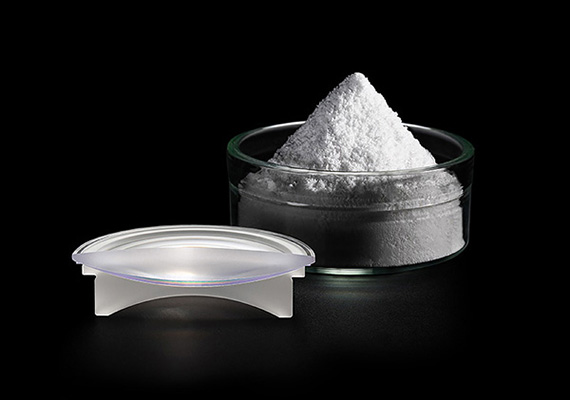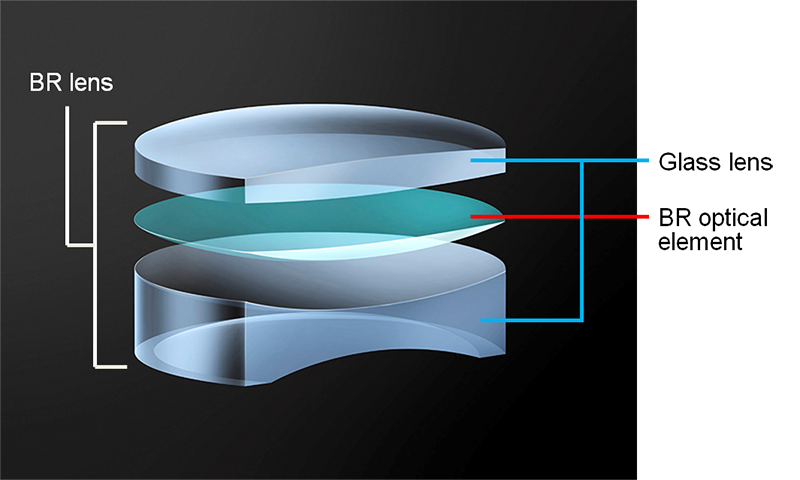Canon News has uncovered a patent for a Canon RF 17-70mm f/4-5.6 BR optical formula. This is a pretty detailed patent, and kind of interesting with the inclusion of a BR lens element. A BR element can help in reducing the size required for such a lens.
One drawback as pointed out by Canon News is that this design requires image stretching from 17mm to about 28mm.
This sort of lens design would be a great kit lens for an APS-C RF mount camera that would also work on your full-frame RF mount camera. Which I think is the route Canon will go whenever they announce an APS-C RF mount camera body.
Canon RF 17-70mm F4-5.6 BR
Focal length 17.50 28.00 58.00
F value 4.10 4.50 5.70
Angle of view (°) 51.50 38.16 20.77
Maximum image height 22.00 22.00 22.00
Real image height 19.47 20.98 21.94
Total length 108.50 114.27 158.50
BF 21.38 33.45 49.01
Continue reading...
Last edited:


